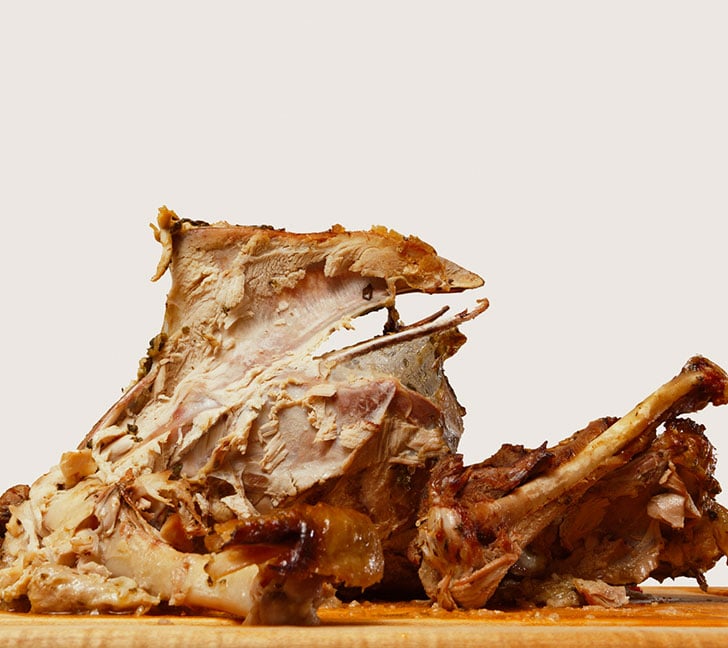Backyard Composting
Backyard composting is the recycling of organic waste in your own yard. Composting uses the natural process of decomposition to turn organic waste into a usable product. Using compost on your lawn and garden provides nutrients and helps soil retain moisture.

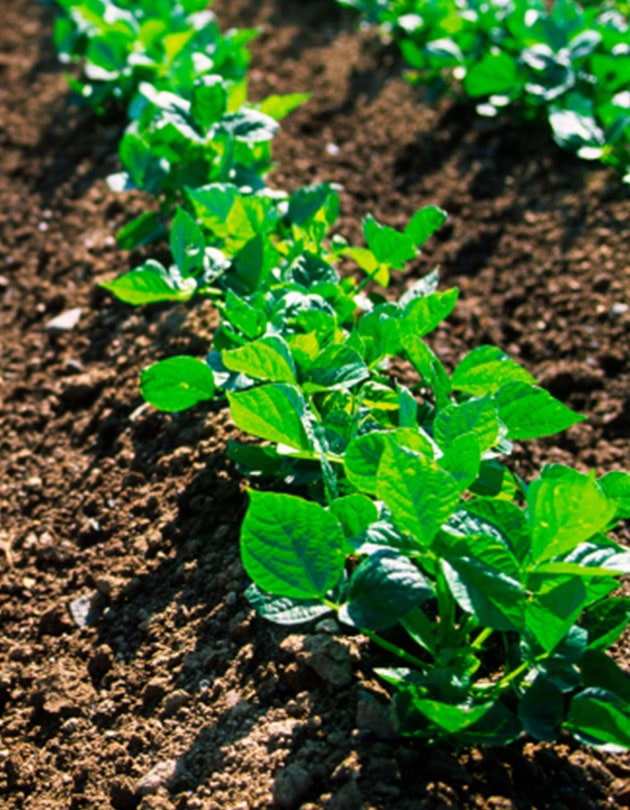
Why Compost?
- Composting provides a free, top-notch soil amendment that improves plant, garden and lawn growth.
- Compost acts like a sponge, helping soil retain moisture and nutrients.
- Compost helps to break down heavy clay soils or helps to bind sandy soils.
- Soils rich in compost experience less erosion and reduced quick runoff.
- By returning nutrients back into the soil, compost reduces the need for expensive chemical fertilizers.
- Composting household materials will save landfill space. The amount of waste you send to the landfill will be reduced by 30 to 50%
- It’s easy! You don’t need any technical knowledge or equipment to produce good compost.
Uses for Compost
- Once yard wastes have fully decomposed, the compost appears as a rich, dark crumbly material called humus. Humus has a high organic content and contains nutrients to nourish plants. When added to clay soil, humus increases aeration and drainage. Humus mixed with sandy soil increases water retention.
- Several inches of humus may be added to flower and vegetable gardens in the spring or fall. Similar to peat moss, humus may be mixed with soil and packed around the roots of newly-planted trees and shrubs. Humus can be mixed with topsoil for growing seedlings or houseplants. Screened humus may be used as a top dressing for lawns. Spread a layer of compost up to one inch over lawns in the spring and rake gently.
- Humus makes an ideal mulch when applied to the soil like a blanket. Mulching vegetable and flower beds, shrubs and trees helps prevent soil from drying out, provides nutrients, prevents erosion and helps modify soil temperatures.


How to Compost
Composting is like cooking, with many variations and recipes. Here is the basic approach:
All composting “ingredients” generally fall under one of two categories – “browns” or “greens.” Browns are dry materials such as wood chips, dried leaves, grass and other plants. Greens are fresh moist materials such as grass cuttings and food scraps (avoid meats, fats and grease).
- Collect as much browns and greens as you can to start your compost pile. An optimal size is about 3-4’ square. Larger piles tend to hold moisture better and decompose faster.
- Place approximately 3 parts browns to 1 part greens in a heap or bin. Always cover food scraps with other composting materials or with a layer of browns.
- Soak with water to create uniform dampness (such feel like a wrung-out sponge). Can cover with a tarp or other materials to keep moisture in and prevent over soaking from rain.
For quicker composting (1-3 months):
- Chop material into smaller pieces
- Alternate 3” to 6” layers of greens and browns
- Mix the pile by turning and stirring
For slower composting (3-6 months):
- Just keep adding material to the pile or bin
Troubleshooting:
- Are there odors? Add brown material and turn
- Is the pile too dry? Add water, green material, and mix
Heap Composting
Heap or pile composting is a simple method where materials are piled on top of each other directly on the ground. Materials can be added immediately or stockpiled until enough are available to make a good size heap. A small pile (2’ x 2’) tends to remain at a lower temperature and the heating process will be hindered. If possible, build at least 3’ x 3’ pile.

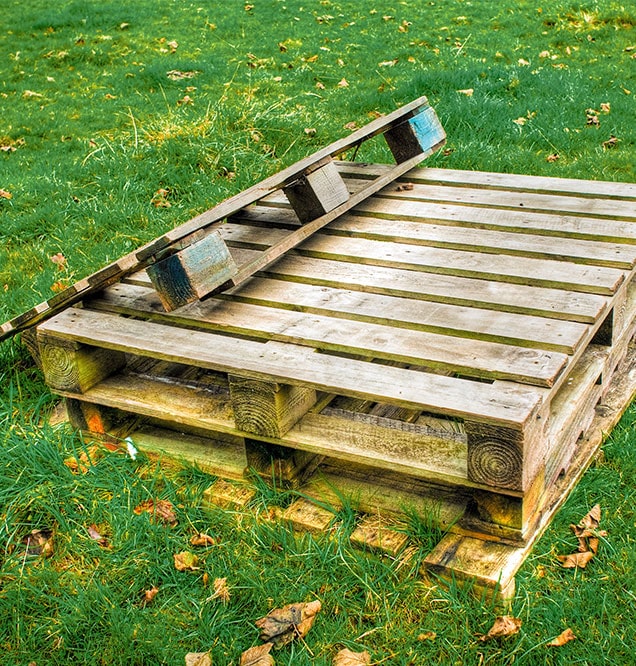
Building a Bin
One easy way to build a simple, inexpensive compost bin is to use four wooden shipping pallets and tie them together with rope or wire. You can use a fifth pallet as a floor inside the bin to increase air flow.
If you have a large yard or have lots of material to compost, consider setting up a second bin as well. When the first unit is filled it can finish composting, while you start the second bin.
A wire bin can also be made from fencing. Use an 11’ length and tie the ends together to form a cylinder. Use the same way as the pallet bin. For other bin designs stop in the Recycling Center.
Buying a Ready Made Bin
Ready made bins come in a variety of sizes and styles and can be found in environmental catalogs and online stores.
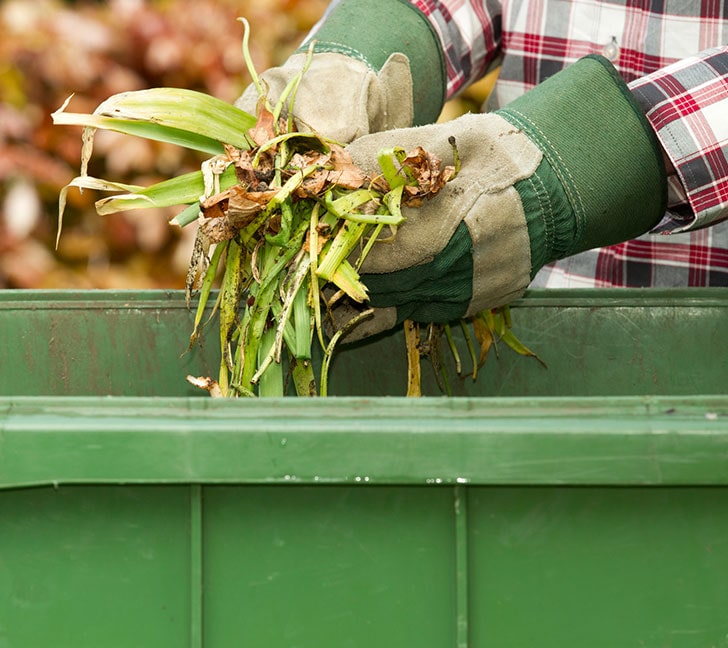
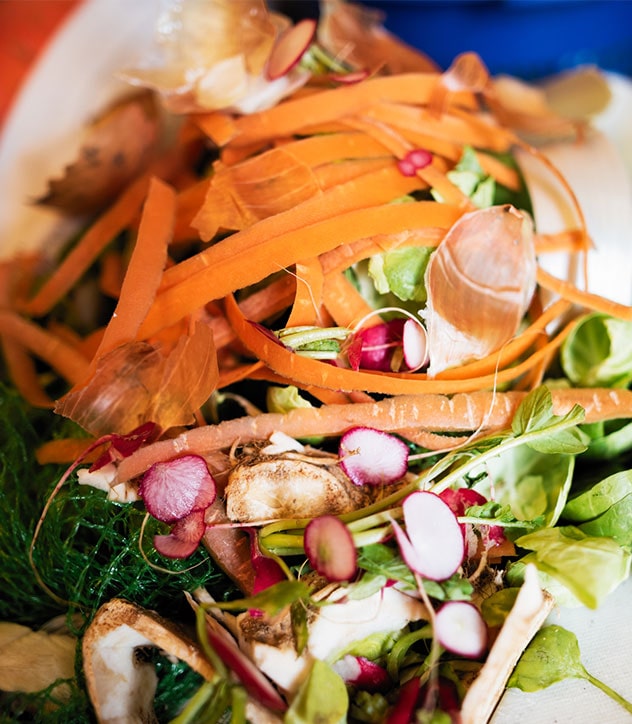
What can be composted
- leaves
- grass clippings
- spoiled food
- vegetable and fruit scraps
- coffee grounds and filter
- egg shells
- wood chips
- wet/soiled paper
What not to compost
- meat, bones, fish scraps
- dairy products
- oils and fats
- pet wastes
- diseased plants
